We believe that every step in the drug testing process is important. However, some steps tend to not receive their share of attention. Unit codes are one of those elements, and we plan to shed light on their purpose, as well as their importance in the Quest Diagnostics drug testing process.
Unit codes mnemonics are 3- to 5-digit numbers followed by the letter “N” that can be found on every Quest Diagnostics Custody and Control Form (CCF) under the “drugs to be performed” section. These codes guide our laboratories towards the proper methods for accessioning and ultimately testing specimens.
A common misconception is that unit code mnemonics and test codes are interchangeable. Test codes are 5-digit numbers assigned to a specific drug (such as amphetamine or cocaine) and can vary depending on specific screening cutoffs (i.e., amphetamine 1000 ng/mL vs amphetamine 500 ng/mL). Test codes are used to make up the desired unit code mnemonic requested for specimen testing.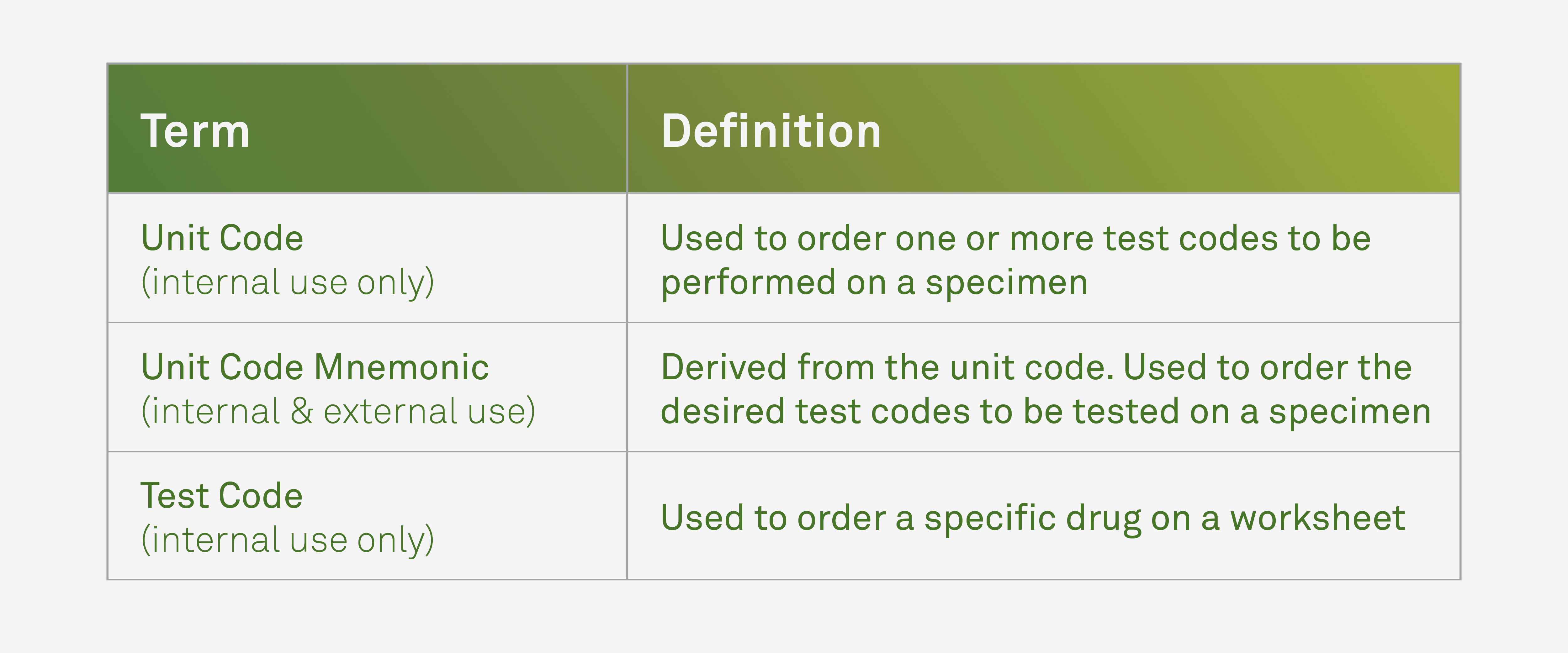
We create new unit codes for regulatory changes, specific cutoffs, and client requests. In non-regulated urine drug testing, our 5 most commonly used unit codes represent approximately 30% of our total testing volume. Yet, during the past 3 years, only 48% of the new unit codes created have testing volume associated with them.
When requesting a new unit code mnemonic, the following information is required:
- Client identifier (client number or group bill)
- Specific cutoffs by drug
- Inclusion of standard or expanded benzodiazepines
- Inclusion of standard or expanded opiates
We continue to carefully monitor regulatory changes and industry trends to proactively create codes that reflect drug use patterns in the U.S. workforce, thereby helping employers to strengthen their workplace drug testing programs.
For more information about drug testing, visit our website.
 Your Privacy Choices
|
Privacy Notices
|
Terms
|
Language Assistance / Non-Discrimination Notice | Asistencia de Idiomas / Aviso de no Discriminación | 語言協助 / 不䈚視通知
Your Privacy Choices
|
Privacy Notices
|
Terms
|
Language Assistance / Non-Discrimination Notice | Asistencia de Idiomas / Aviso de no Discriminación | 語言協助 / 不䈚視通知
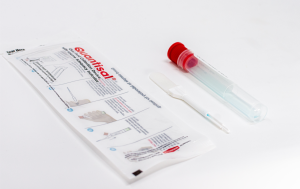
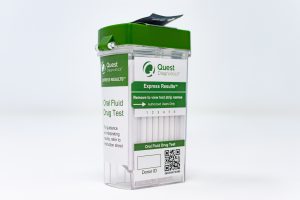
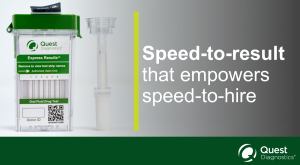
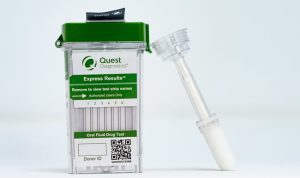


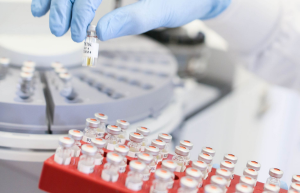
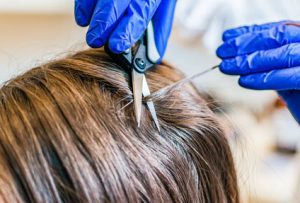
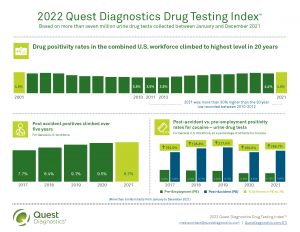










We believe that every step in the drug testing process is important. However, some steps tend to not receive their share of attention. Unit codes are one of those elements, and we plan to shed light on their purpose, as well as their importance in the Quest Diagnostics drug testing process.
Unit codes mnemonics are 3- to 5-digit numbers followed by the letter “N” that can be found on every Quest Diagnostics Custody and Control Form (CCF) under the “drugs to be performed” section. These codes guide our laboratories towards the proper methods for accessioning and ultimately testing specimens.
A common misconception is that unit code mnemonics and test codes are interchangeable. Test codes are 5-digit numbers assigned to a specific drug (such as amphetamine or cocaine) and can vary depending on specific screening cutoffs (i.e., amphetamine 1000 ng/mL vs amphetamine 500 ng/mL). Test codes are used to make up the desired unit code mnemonic requested for specimen testing.
We create new unit codes for regulatory changes, specific cutoffs, and client requests. In non-regulated urine drug testing, our 5 most commonly used unit codes represent approximately 30% of our total testing volume. Yet, during the past 3 years, only 48% of the new unit codes created have testing volume associated with them.
When requesting a new unit code mnemonic, the following information is required:
We continue to carefully monitor regulatory changes and industry trends to proactively create codes that reflect drug use patterns in the U.S. workforce, thereby helping employers to strengthen their workplace drug testing programs.
For more information about drug testing, visit our website.